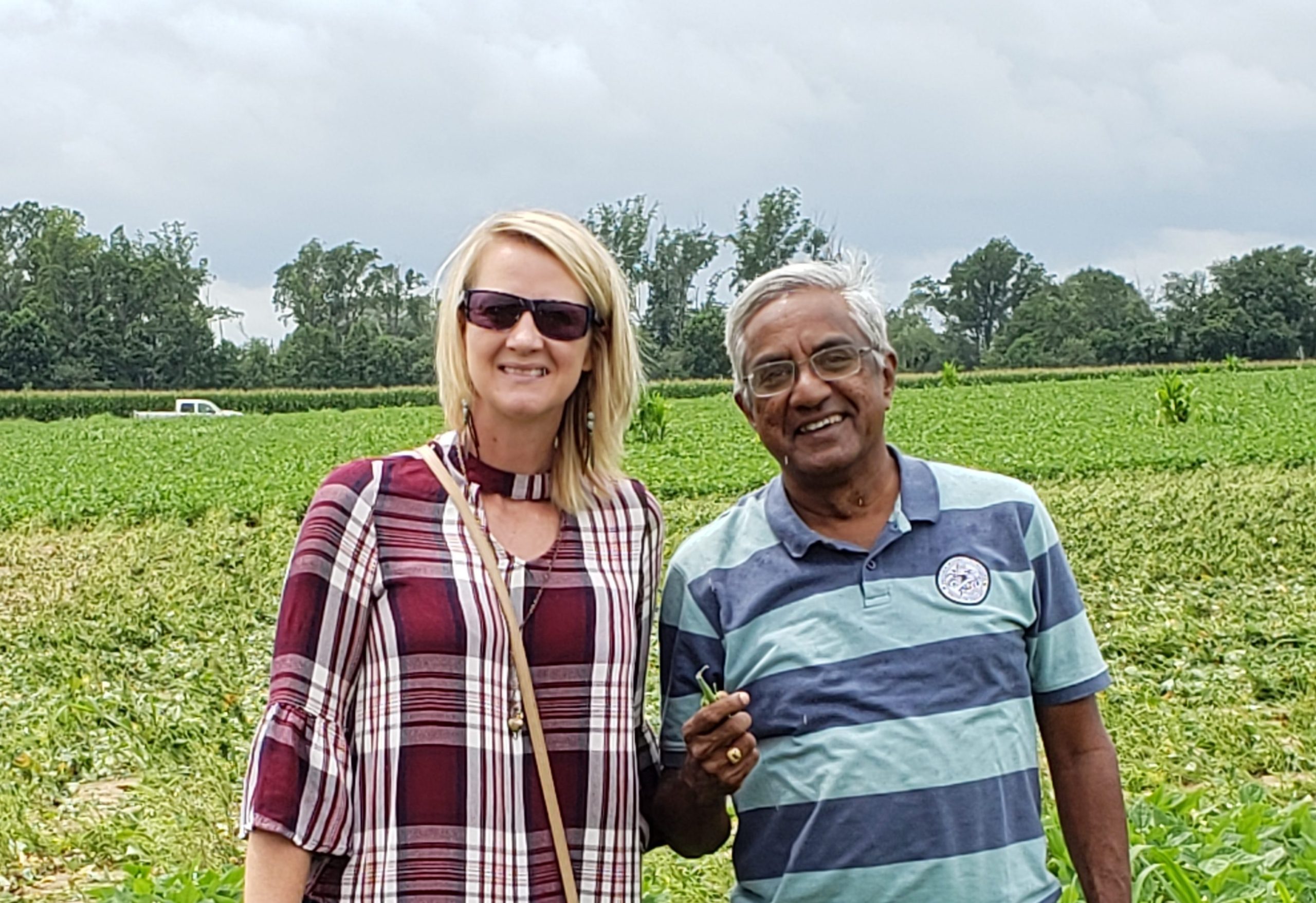作為地çƒå…©ç«¯å˜…農民, 我哋嘅生活方å¼ä¿‚兩極å°ç«‹å˜…. å› ç‚ºå®ƒèˆ‡é£²é£Ÿç¿’æ…£æœ‰é—œ, 我哋ä¸å˜…ä¸€å€‹ä¿‚åšŸè‡ªåŠ æ‹¿å¤§å˜…é£Ÿè‚‰å‹•ç‰©ï¼Œå¦ä¸€å€‹ä¿‚嚟自å°åº¦å˜…ç´ é£Ÿè€….
 雖然我哋確實有我哋嘅差異, we are quick to remind ourselves of how much we also have in common, æ…¶ç¥äºŒæœˆ 10, 2022 æ‰¿èª ä¸–ç•Œè±†é¡žæ—¥ 作為一種æµè¡Œä½œç‰©å˜…種æ¤è€…,呢種作物為飢餓嘅世界æ供蛋白質,並幫助我哋喺屋ä¼ä¸å¯¦è¸å¯æŒçºŒè¾²æ¥.
雖然我哋確實有我哋嘅差異, we are quick to remind ourselves of how much we also have in common, æ…¶ç¥äºŒæœˆ 10, 2022 æ‰¿èª ä¸–ç•Œè±†é¡žæ—¥ 作為一種æµè¡Œä½œç‰©å˜…種æ¤è€…,呢種作物為飢餓嘅世界æ供蛋白質,並幫助我哋喺屋ä¼ä¸å¯¦è¸å¯æŒçºŒè¾²æ¥.
As the demand for this important nutrient continues to grow, India and Canada are the world’s two leading producers of pulses.
Pulses come in many shapes and sizes, but all of them are seeds from the pods of legume plants. They include dry beans, dry peas, lentils, chickpeas, 和更多. Farmers have grown pulses for more than 10,000 years and it’s easy to see why: They’re a great source of protein for humans and a crop that also enriches the nutrient profile in soil.
今日, there is a growing number of privileged consumers that are choosing to limit their meat consumption. In most developed countries, vegetarians make up less than 10 percent of the population. 係 美國, about one in 20 people is a vegetarian, and in åŠ æ‹¿å¤§ the rate of vegetarianism is only a little higher.
在 å°åº¦., å…¶ä¸ 25 percent of the population identifies as pure vegetarian, a population greater than the US and Canada combined, consumption of pulses is also very high.
For many Indians, their main source of protein is pulses, which make up the second-largest part of their overall diets, following food produced from cereals such as rice, å°éº¥, and corn. Due to the high demand, the Indian government has restricted the export of pulses from India since 2018 and this is expected to continue for years as demand continues to exceed production.
 While India is the largest importer of pulses, åŠ æ‹¿å¤§ supplies more pulses to the world than any other country. The top destination for Canadian pulses, 講真, is India, followed by China, the United Arab Emirates, and Turkey.
While India is the largest importer of pulses, åŠ æ‹¿å¤§ supplies more pulses to the world than any other country. The top destination for Canadian pulses, 講真, is India, followed by China, the United Arab Emirates, and Turkey.
So as farmers, both of us depend on pulses for a living. They’re an essential part of what we do.
Yet we produce other crops as well, and that leads us to another important commonality: We both grow pulses in rotation. They’re an essential part of how we sustain our soil and help the environment.
Rotating crops is an ancient practice that enriches the soil and improves yield. And it turns out that pulses are excellent in rotation with rice and wheat.
Every plant pulls nutrients from the soil. Yet pulses also put them back. Pulse plants are naturally rich in nitrogen, an essential nutrient for all plants. They store nitrogen in their root nodules, and after harvesting the crop, the plant material left on top of the ground and the roots underneath improve the soil for the crops that will follow.
Most farmers in Canada and India use two-crop rotations or possibly, three-crop rotations. Whatever the system, pulses can perform the essential task of making an entire farm healthier by improving the quality of the dirt, also known as soil health, across many years.
Pulses provide other benefits as well. In rotation, they help farmers disrupt the cycles of weeds, pests, and disease that always threaten food production. After harvest, their leaves and stems can add organic matter to the soil. And as hardy crops, they require less water and fertilizer.
Some pulse farmers struggle to find high-quality seeds—a bigger problem in the developing world than in the developed world, to be sure, but it’s also true that farmers everywhere are always on the lookout for the best seeds they can find.
![]()

![]() GM technology has transformed the farming of many crops, including the soybean, which is a fellow legume though not a pulse. (Soybeans have a much higher fat content, whereas pulses have virtually none.) Up to now, 然而, the gene revolution has not affected pulses.
GM technology has transformed the farming of many crops, including the soybean, which is a fellow legume though not a pulse. (Soybeans have a much higher fat content, whereas pulses have virtually none.) Up to now, 然而, the gene revolution has not affected pulses.
Both of us would welcome pulses enhanced by GM technology, including the advent of traits that help these outstanding crops repel weeds, survive drought and could contribute to the elimination of malnutrition in the world.
That’s another thing farmers have in common on World Pulses Day and beyond: No matter where we live, what we eat, or how we grow, we always want to do our best and know from first-hand experience that technology can help us do better.
______________
æå 接å—緊嘅候é¸äºº 2022 å…¨çƒè¾²æ°‘網絡圓槕會è°åŒäº¤æµåŸ¹è¨“計劃. é 定喺法兰克ç¦èˆ‰è¡Œ, 德國å…月 12-18, 2022, 下一次圓槕會è°å°‡åœ¨è¦ªè‡ªé–‹æœƒä¹‹å‰åŒ…括一個虛擬組件. çžè§£æœ‰é—œè©²æ´»å‹•å˜…æ›´å¤šä¿¡æ¯ å‘¢åº¦.



Great article! India needs to increase productivity of pulses dramatically. Will be good to have a description of Farmer V Ravichandran.